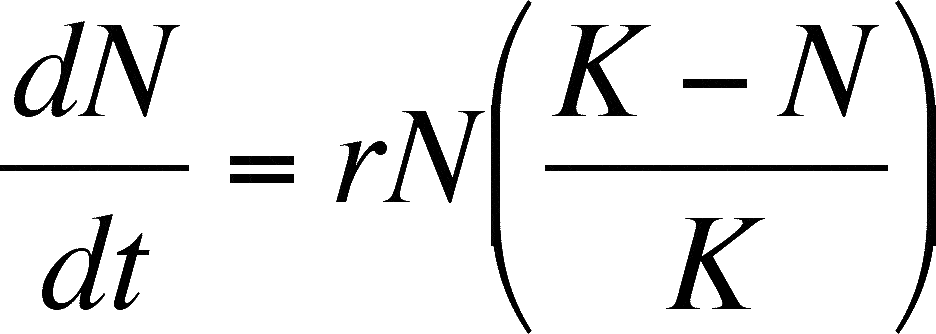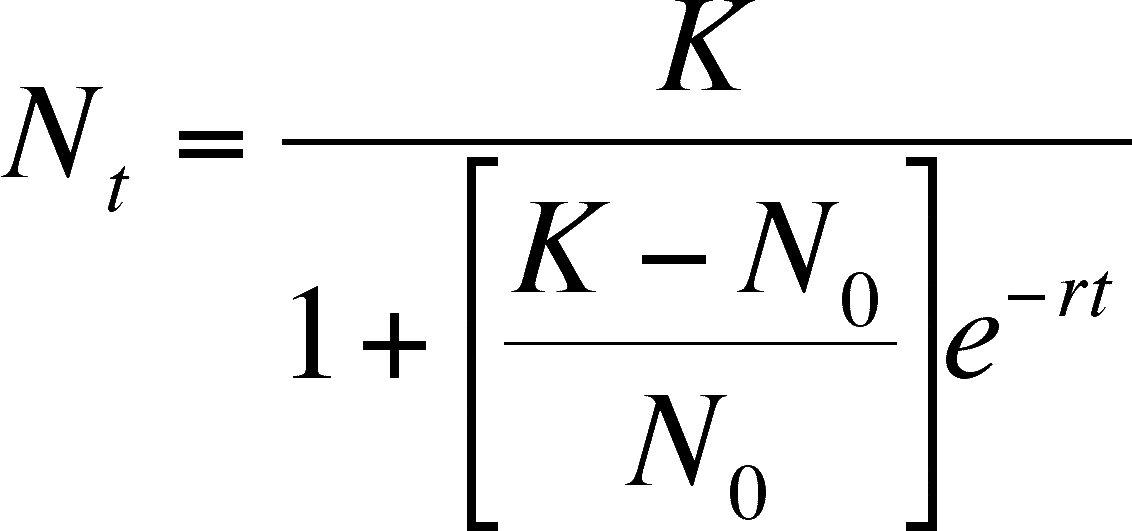Two days back while I was just browsing through my facebook wall I suddenly stuck at a post. One of my friends shared a post titled "Ambient backscatter promises battery-free communications". It was indeed a catchy title and I couldn't restrain myself to read it further. The post referred to an invention made by researchers in University of Washington.
They developed an RFID like device which works without battery. It is a credit card size sensor which utilizes the RF signals present in the ambiance due to TV and cellular transmissions. Remember the early cellphone covers in which LEDs used to glow before an incoming call? The principle is similar. But this technology, as researchers claim, is different from RFID in three ways-
1. It uses ambient RF signals so doesn't require a power/battery infrastructure.
2. Very low environmental footprint as it doesn't add to existing power consumption and RF-pollution
3. It provides a device to device communication unlike RFID which deploys a Transmitter-Reader approach.
Before understanding how the system works let's understand a very ancient mode of communication Centuries before even Electromagnetic waves were discovered. Primitive man used fire and than drum-sound to convey messages. A little further in time mirrors came to practice where sunlight was reflected to signal a particular message or alert for war. It was a 1-bit communication in modern sense. Now think of continuous pattern of reflections and non-reflections with time delays producing morse code. That could be an advanced version of the same technology. But going further for multiple reflection is not easy to decode by eyes. Optical fibers in essence to the same but using trans-receivers.

Now, let's head back to back-scattering. The system uses exactly the same technique for ubiquitous RF signals. A device's antenna can either reflect or not-reflect the TV signals it receives creating '1' and '0' bits. The receiver receives an additional path of the TV signal other than the original paths it captured and receives the packet sent by transmitter. The researchers have developed a networking stack over this basic technique so that multiple devices can coexist.
Although the technology is in its primitive stage it can be extremely useful in space missions, sensor networks, multi-robot collaboration, touchless payments, ID cards and eventually replacing NFC.


